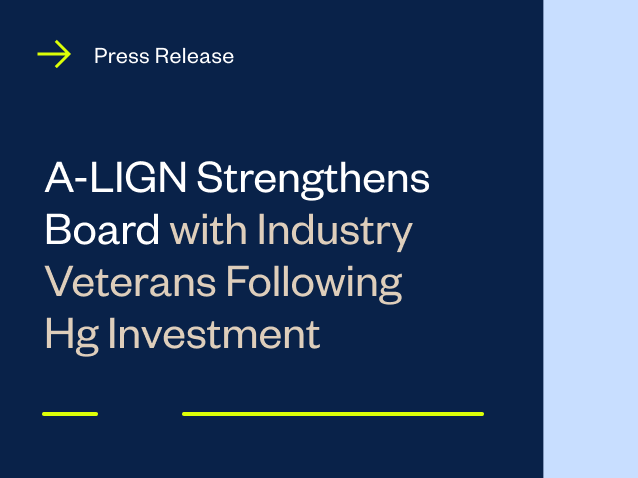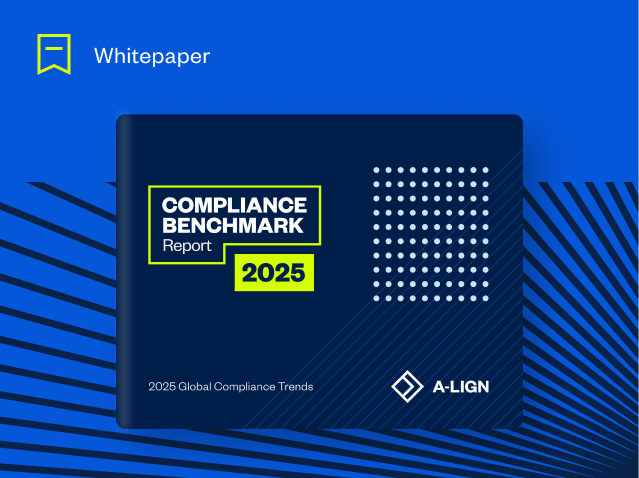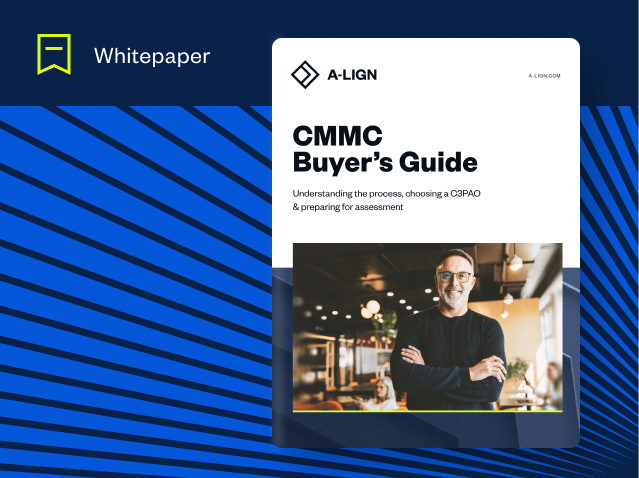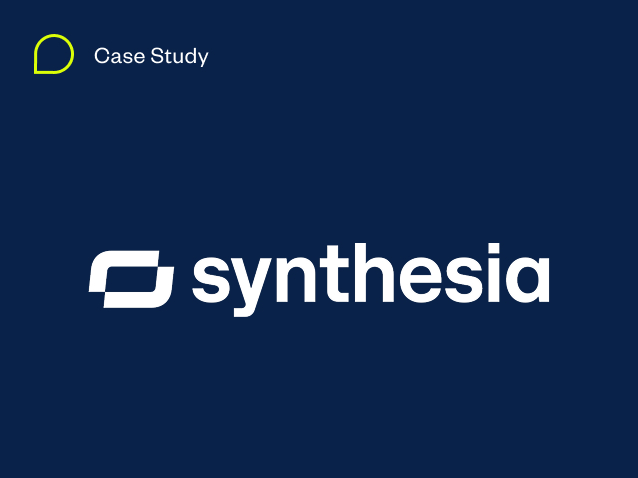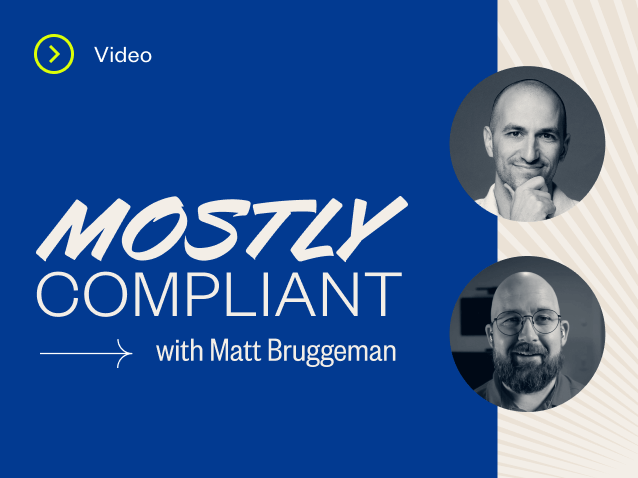In the world of cybersecurity, there are two widely popular cybersecurity assessments that verify an organization’s ability to protect information and mitigate risk: SOC 2 (System and Organization Controls) and ISO/IEC 27001 (International Organization of Standardization/ International Electrotechnical Commission).
For many organizations, it can be difficult to separate the nuanced differences between the two and decide which is the most beneficial to pursue. While both have their distinct differences, it’s important to note first and foremost that both of these are hugely beneficial to any business.
Watch on-demand webinar: Elevate Your Security Posture with SOC 2 & ISO 27001
ISO 27001 and SOC 2 both demonstrate a level of commitment to cybersecurity practices that is essential to monitor and prevent risk (and the detrimental impacts of security breaches) within any organization. Both a SOC 2 report and ISO 27001 certification are extremely attractive to prospective customers. In fact, more and more customers are requiring that vendors become ISO 27001 certified or obtain a SOC 2 report as part of the due diligence process.
While both of these assessments provide a similar end result, there are a few differences in the assessments themselves. Check out the four main differences below to evaluate which assessment is right for your business.
1. Certification vs. attestation
A certification is what many people picture when they think about the end result of a compliance audit. Since certifications are issued by a third-party entity, it enhances trust in an organization’s compliance with certain rules or standards. ISO 27001 certifications are issued by certification bodies with the accreditation body and IAF seal. ISO 27001 certifications can easily be verified in the vendor management process by the issuing certification body.
Though you will often see the term “SOC 2 certification” that statement isn’t really accurate. A SOC 2 is an audit resulting in an attestation report which proves compliance. In an attestation report the third-party assessor documents a conclusion about the reliability of a written statement, to which the organization they are assessing is held responsible.
2. ISMS vs. Trust Services Criteria
Certification vs attestation is not the only difference between the two assessments. The structure of each is also different at its core, though there is a lot of overlap in the security controls themselves.
ISO 27001 focuses on the development and maintenance of an Information Security Management System (ISMS). This is an overarching method of managing data protection practices. In order to achieve an ISO 27001 certification, organizations are required to implement all of the clauses 4-10 and 114 controls within the framework (that are relevant to the particular organization) to the scope of their ISMS. The end result is a pass or fail of the audit. You would need to successfully implement, maintain and continually improve the management system in order to achieve an ISO 27001 certification.
SOC 2 is structured around five Trust Services Criteria (TSC): Security, Availability, Confidentiality, Processing Integrity, and Privacy. For a SOC 2 audit, organizations can pick and choose which criteria they’d like to have evaluated (though the Security criteria is mandatory for all organizations). Instead of a pass/fail audit like ISO 27001, the organization’s auditors conclude an opinion based on the design and effectiveness of the operation of controls in place for each chosen Trust Services Criteria.
Companies are provided with a comprehensive SOC 2 report, which can be more than 100 pages in length. The report details how well an organization meets the control requirements within the evaluated criteria groups, based on the opinion of the expert who conducts the audit. It’s significantly more detailed than the one-page letter that proves an ISO 27001 certification, which can be very attractive to customers who want a higher level of detail and assurance about their partner’s cybersecurity posture.
One other key difference between ISO 27001 and SOC 2 is that SOC 2 offers two different levels of attestation reports. A SOC 2 Type 1 report attests to an organization’s security posture at a single point in time, whereas a Type 2 report attests to the design and effectiveness of controls over a defined period of time (usually between 3-12 months). Organizations can choose to pursue one or both of these reports.
3. Global reach
ISO 27001 is an international standard that is used as the principal cybersecurity standard throughout the world. SOC 2, on the other hand, was designed by the American Institute of Certified Public Accountants (AICPA). As such, it’s particularly favored in the U.S. and most large or well-known U.S.-based customers will require their vendors to supply a completed SOC 2 audit. Although SOC 2 is an American-born standard, it’s gaining traction in places like Europe — especially as more European companies look to do business with U.S.-based companies.
When evaluating which assessment is right for your business, consider your current customer base and your plans to expand globally in the future. And keep in mind that it’s not a matter of one or the other. Many organizations pursue both paths, as compliance with one standard positions your company well to successfully comply with or complete the other.
4. Certifying bodies and renewal timelines
SOC 2 and ISO 27001 both require an independent third-party to attest to an organization’s ability to meet the requirements within the guidelines. For SOC 2, this attestation is carried out by a licensed CPA firm. Both a Type 1 and Type 2 SOC 2 report are considered valid within the industry for 12 months from the report date. ISO 27001 certifications must be carried out by an accredited ISO 27001 certification body. ISO 27001 certificates are valid for a three-year period with annual surveillance audits.
Benefits of pursuing both SOC 2 and ISO 27001
While both assessments have their own unique set of benefits, conducting both SOC 2 and ISO 27001 assessments can help organizations demonstrate a commitment to cybersecurity risk management and provide assurance to their customers and stakeholders that they have implemented effective controls to protect their data.
SOC 2 audits ensure secure data management and privacy protection, while ISO 27001 certification showcases a commitment to data protection.
By combining the two frameworks, organizations can also help organizations identify gaps in their cybersecurity management and develop a comprehensive approach to managing risks. Ultimately, conducting both SOC 2 and ISO 27001 assessments has great value and can help organizations build trust, differentiate themselves from competition, and win new business.
ISO 27001 or SOC 2 with A‑LIGN
Some companies — like A-LIGN — hold the ability to carry out both audits. A-LIGN is an accredited ISO 27001 certification body, a licensed CPA firm and the top issuer of SOC 2 reports in the world. In addition to providing the final certificate or attestation for ISO 27001 and SOC 2, A-LIGN also provides readiness assessments and pre-assessments to ensure your organization is ready to pursue either audit. These assessments simulate the assessment process to determine whether your organization has any gaps that may need remediation, or opportunities to improve processes, before a final audit takes place.
